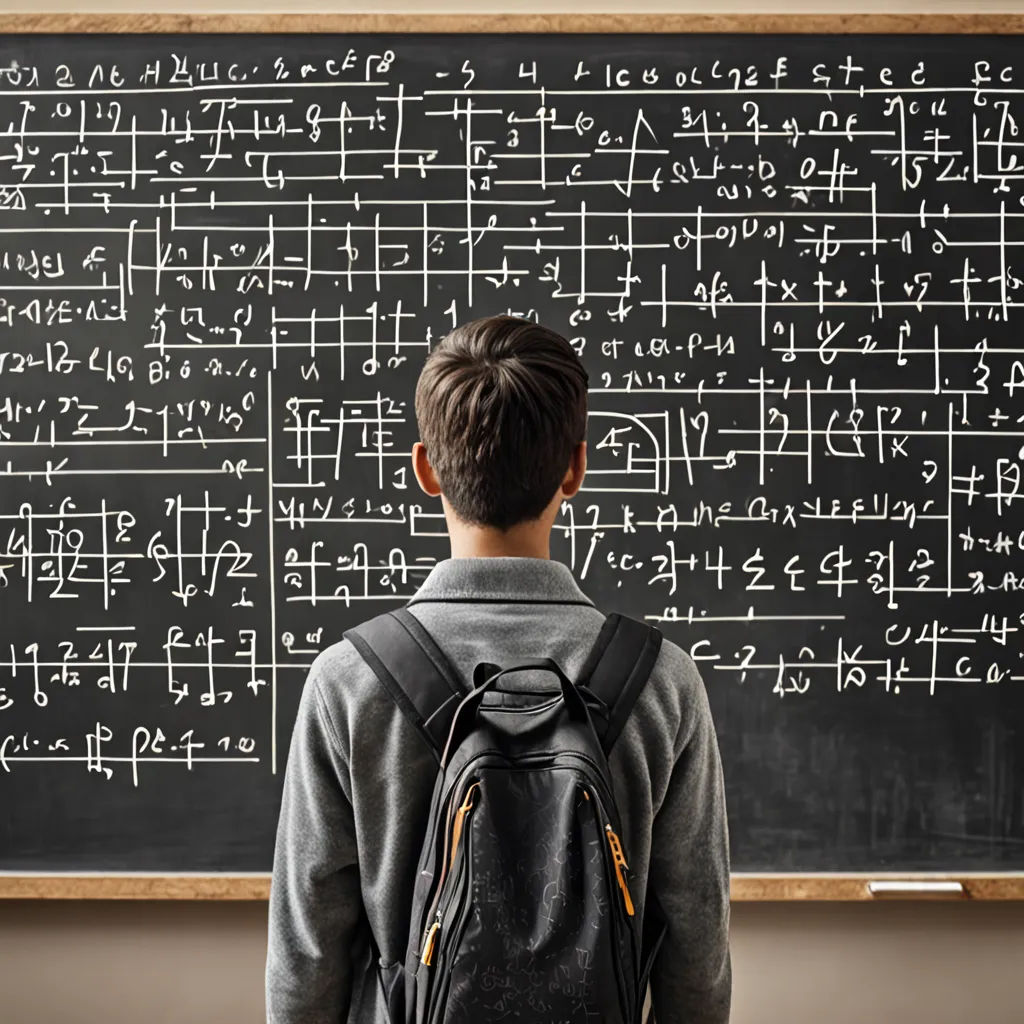
The Division Adventure
By Jules

13 Mar, 2024
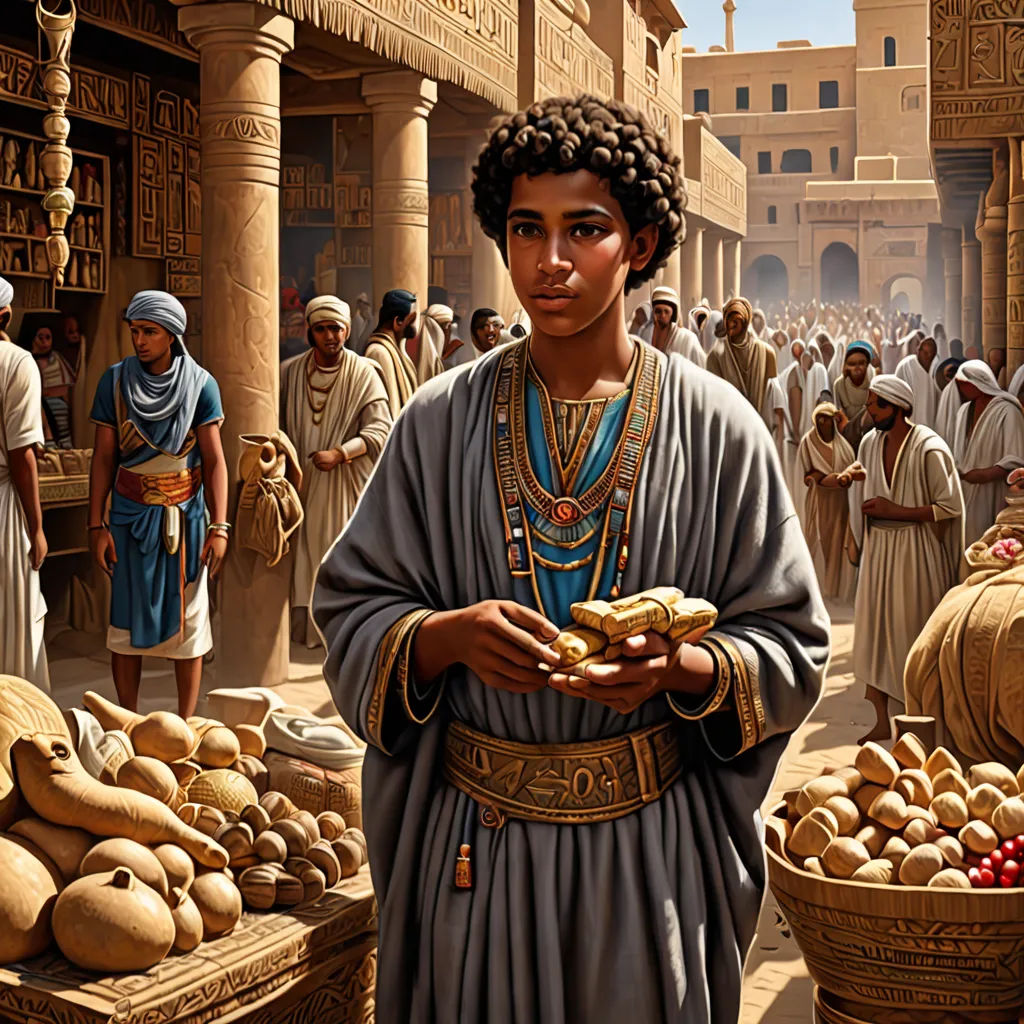
Amun, a young boy in ancient Egypt, had a fascination with numbers. He loved to count the goods his father traded in the marketplace.
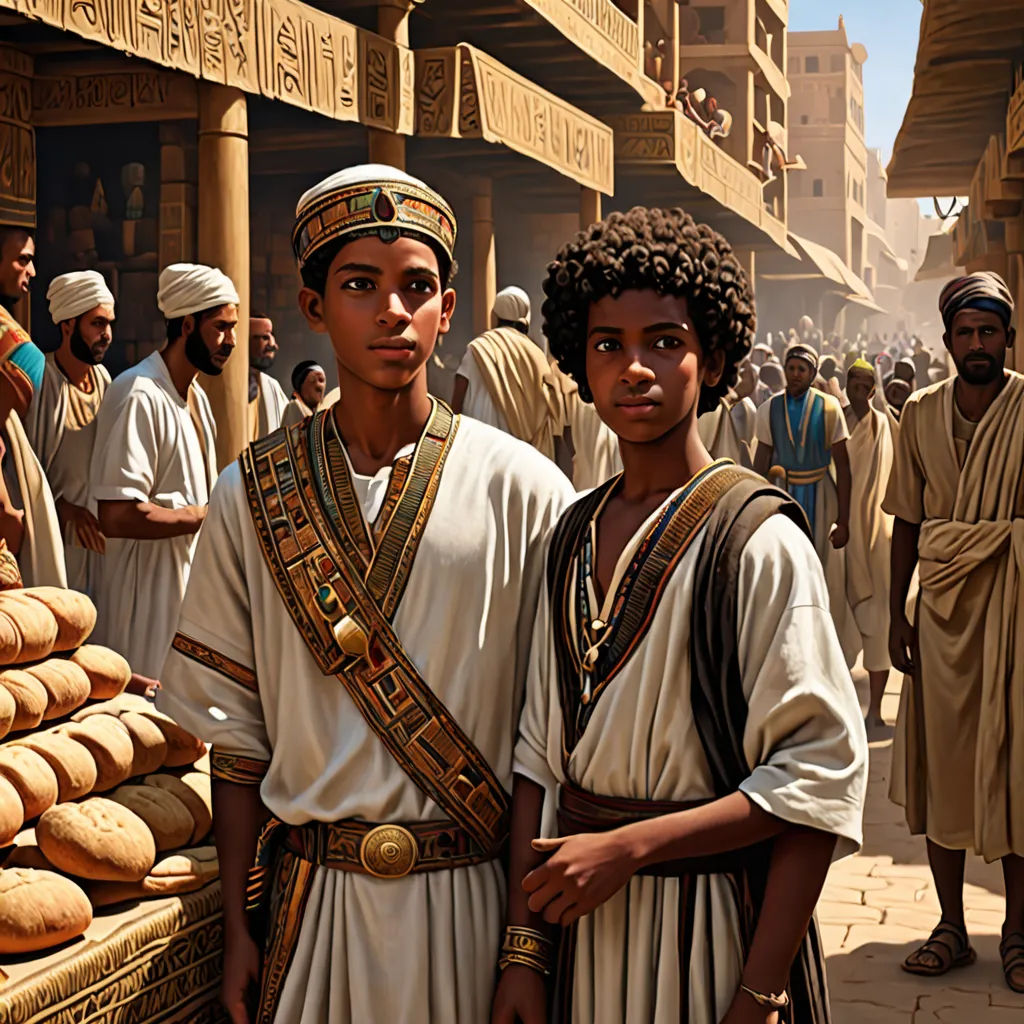
One day, Amun's father presented him with a riddle. 'Amun, if I have 5 loaves of bread and each person takes 1/2 a loaf, how many people can I feed?'
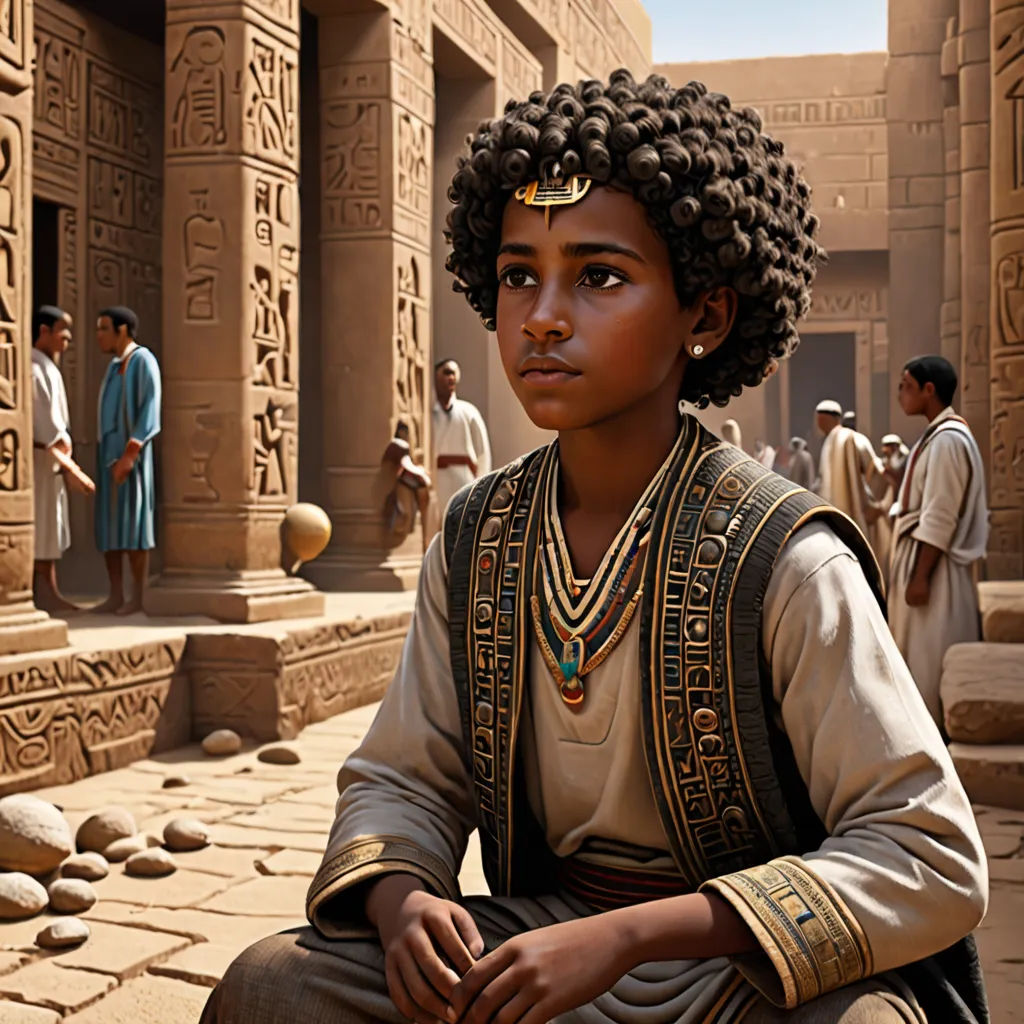
Amun thought hard. 'Father, the answer is 10. I divided the total number of loaves, which is 5, by the fraction 1/2.' His father nodded approvingly.

Amun's father explained, 'When you divide by a fraction, you're asking how many of those fractions are in the total. In this case, how many halves are in 5?'

Many years later, in medieval Italy, a young boy named Leonardo faced a similar problem. His father, a merchant, had 3 barrels of wine and each sailor needed 1/3 of a barrel.
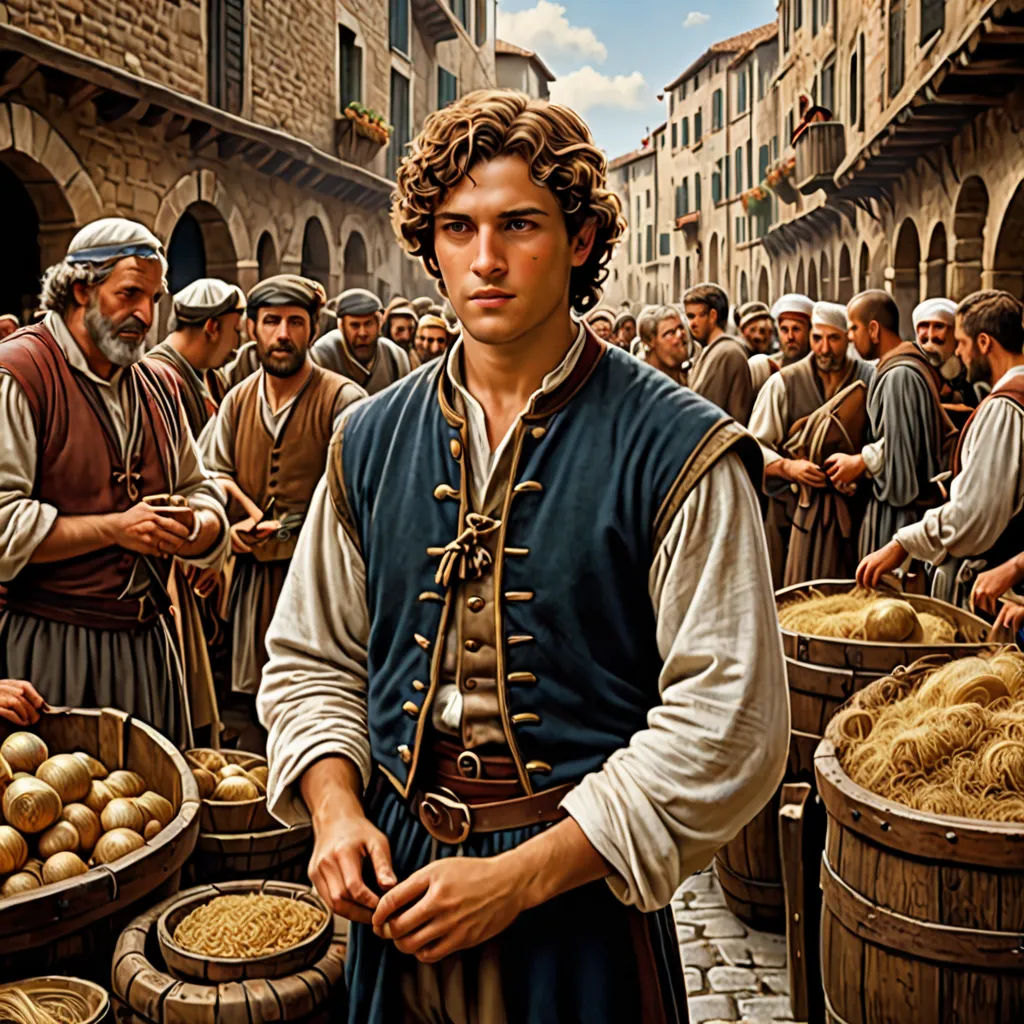
'Leonardo,' his father asked, 'how many sailors can we supply with our wine?' Leonardo confidently answered, 'Father, we can supply 9 sailors.'

In a modern-day classroom, Mrs. Smith posed a similar question to her students. 'If we have 7 pizzas and each person eats 1/4 of a pizza, how many people can we feed?'

The students thought hard and then one of them said, 'Mrs. Smith, we can feed 28 people.' Mrs. Smith smiled and said, 'Excellent! Remember, when we divide by a fraction, we are asking how many of those fractions fit into the total.'

In the future, an AI teacher asked its students, 'If we have 4 energy bars and each robot needs 1/5 of a bar, how many robots can we power?'

A robot student answered, 'We can power 20 robots.' The AI teacher acknowledged, 'Correct. Even in the future, the concept of dividing by a fraction remains the same.'

From ancient times to the future, the concept of dividing by a fraction has remained constant. It's a question of how many fractions fit into the total.

Whether it was loaves of bread in Egypt, barrels of wine in Italy, pizzas in a modern-day classroom, or energy bars in the future, the principle held true. And thus, the concept of dividing by a fraction transcends time and culture, making it a universal mathematical truth.